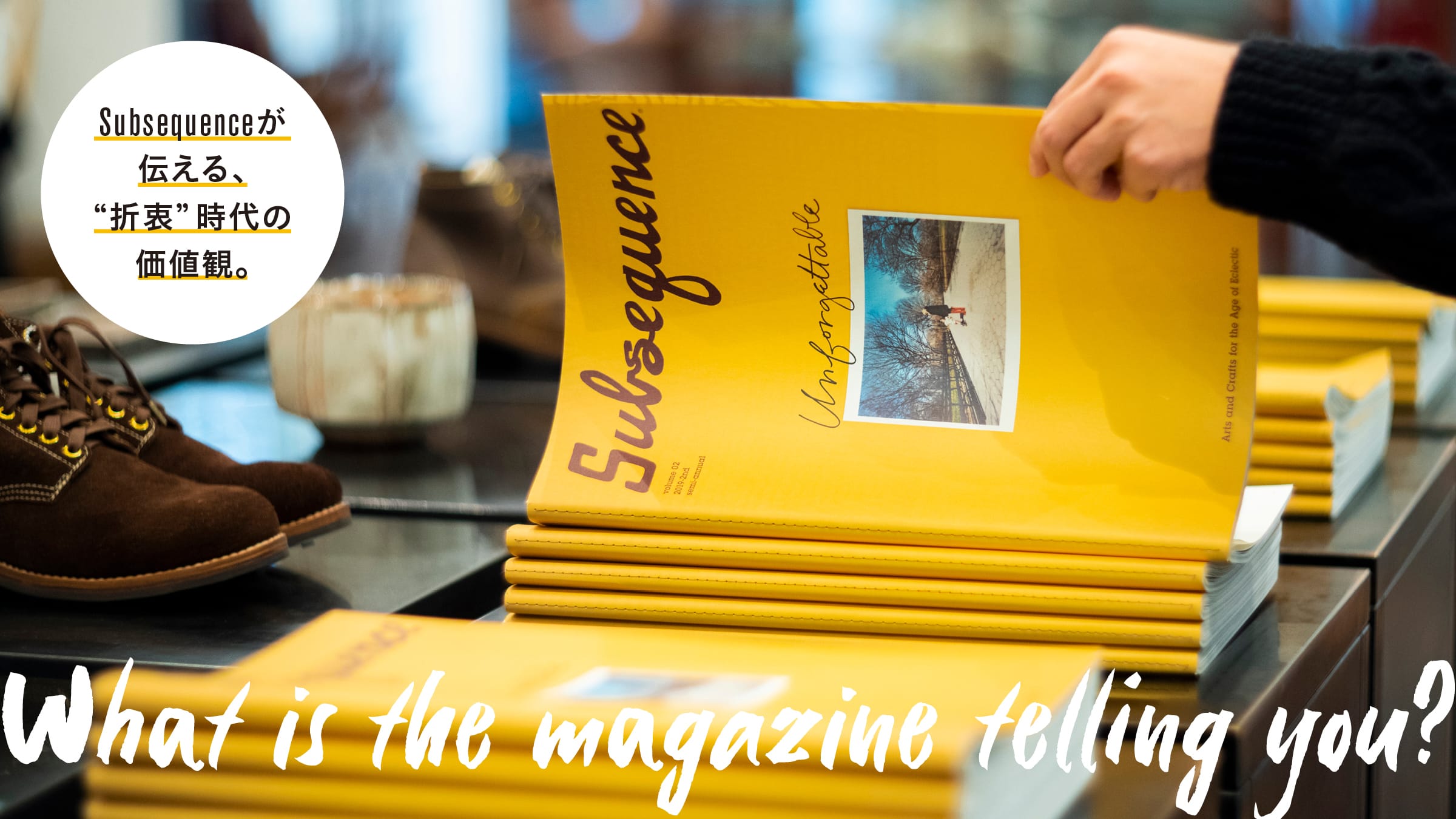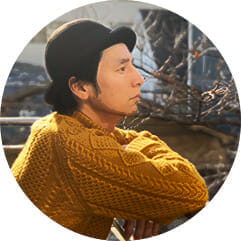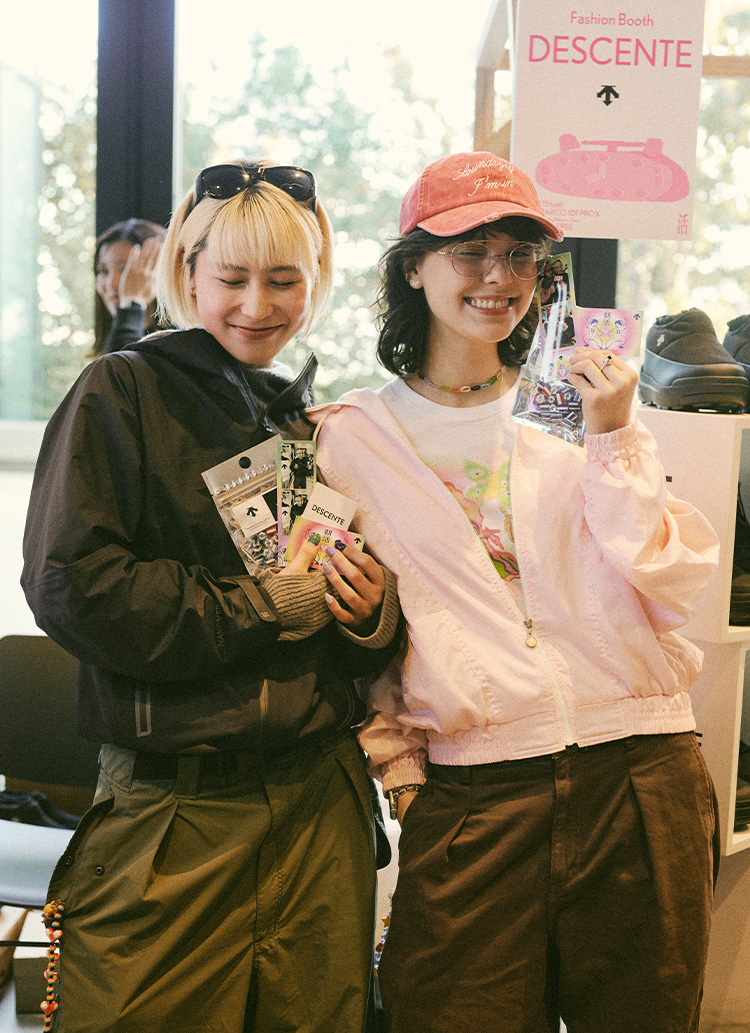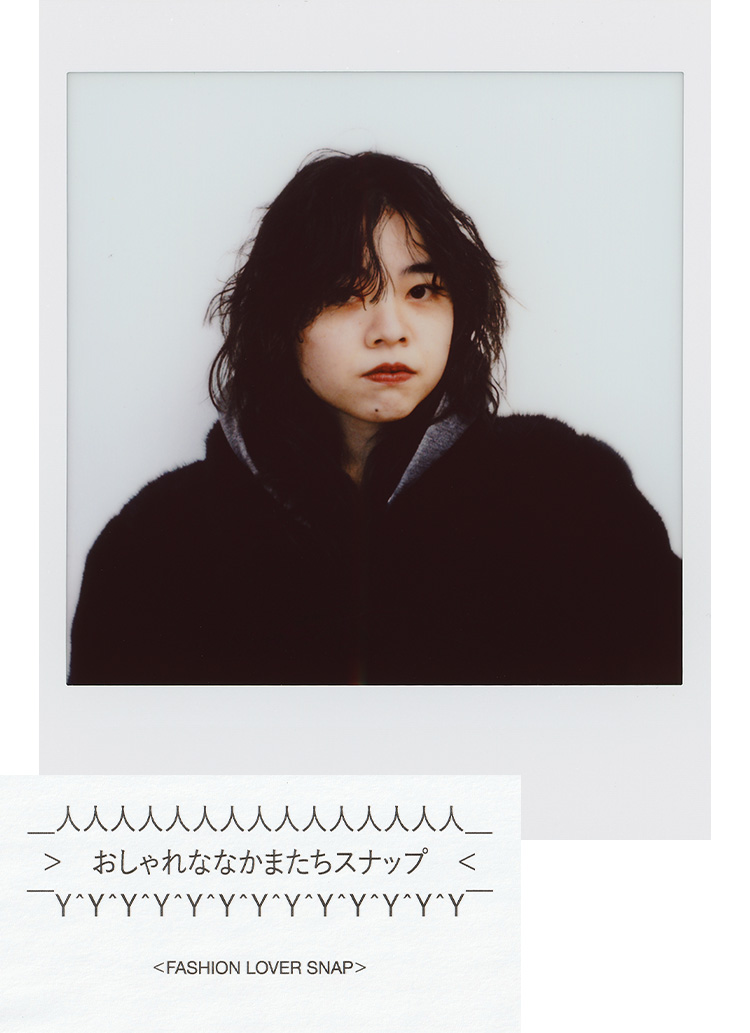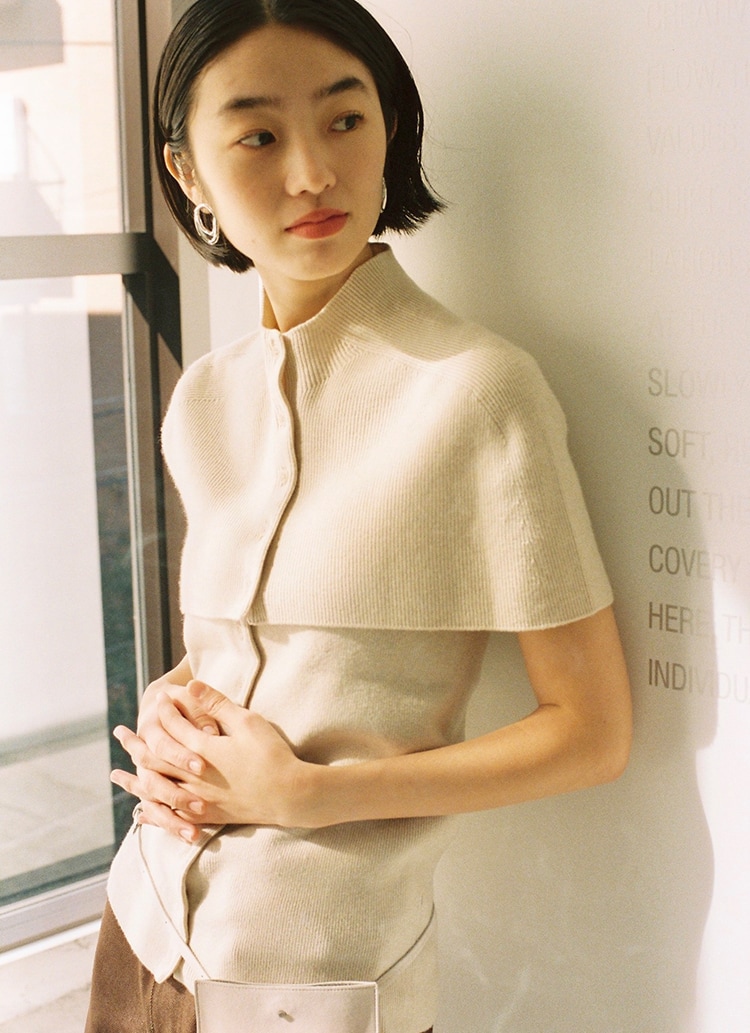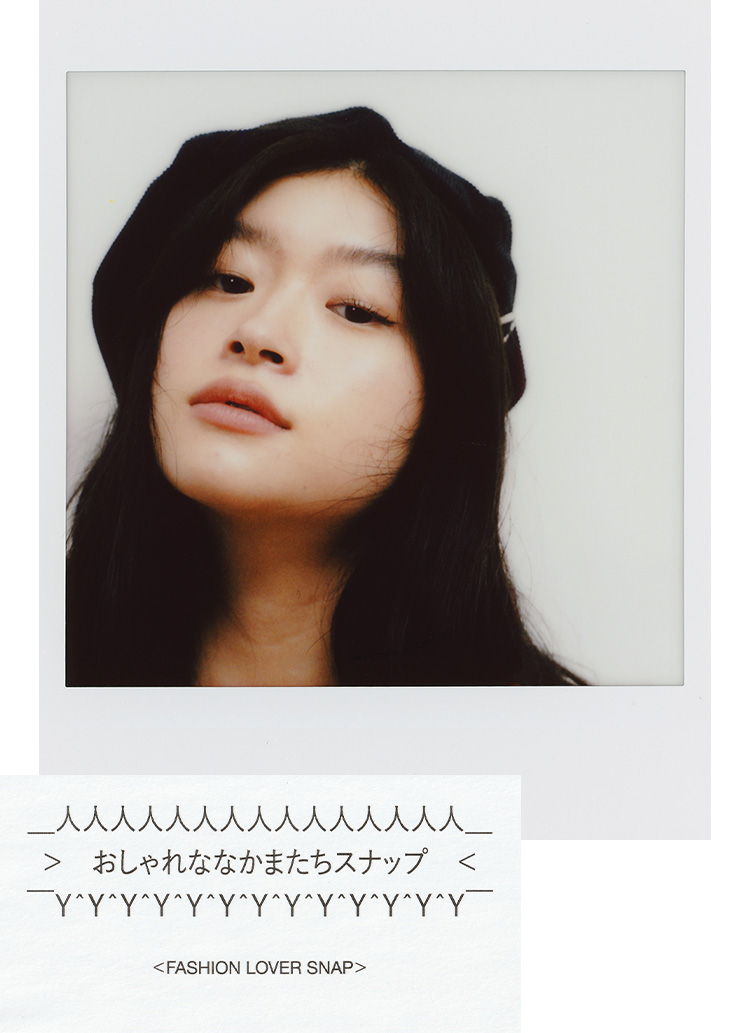Carrying on the culture, magazine making.
What exactly do you do to create your products?
Ide:The art director, Junpei Niki, and I are taking the lead, and we are working on a very small scale now, with the help of editors and writers we trust. We are also joined by freelance staff based overseas and non-Japanese staff.
In the second issue, we introduce Takeshi Yamauchi, a katazome artist from Hamamatsu who was a disciple of Keisuke Serizawa, a dyeing artist who was a central figure in the Mingei (folk art) movement. In this way, we took our time and made many visits to some of these places to write about them.

. The direction of Jumpei Niki's design, in which thick paper is stitched with thread, is also interesting.
Ide:VISVIM's manufacturing is characterized by the fact that it is "made from thread," and we wanted to create a magazine-like format that would be easy to flip through and enjoy, rather than a luxury book, taking a cue from the naturally dyed threads used in the brand's products, I went to Shinohara Paper Works, which specializes in special bookbinding, to see if we could create a magazine-like appearance that would be easy to flip through and enjoy. Normally, a book this thick would be too thick to fit through a standard bookbinding machine, making it difficult to use saddle-stitch binding.
. So it takes a lot of time and effort to bind the book, and it takes a very long time from the time of proofing to the time the book is ready. We printed 2,000 copies of the first issue, but 4,000 copies of the second issue, so the book is not all finished yet, and I think they are still sewing it. But thanks to the cooperation of these craftsmen, we were able to bind the book using VISVIM's original thread, which was dyed with cochineal for the first issue and walnut for the second issue. We hope to convey what we think is good even in such a casual way.

Why the large B4 size?
Ide:Nowadays, we read articles on our smartphones and PCs, but to be honest, I often feel that looking at photos on a small screen doesn't really resonate with me. I thought it would be nice if people could enjoy the visual expression of powerful photos and illustrations in a large magazine layout, and feel a bit of luxury.
Also, maybe it is because of my generation, but when I read on the Internet, I tend to search for words that interest me, which distracts me and makes it difficult for me to concentrate on reading long passages of text. But on paper, I feel I can concentrate on reading and immerse myself in the world.
On the other hand, there are some aspects of communication that cannot be satisfied with only a "quick glance" and a "quick listen," as symbolized by social networking services, which emphasize rationality and short-term information. . This may be the case when it comes to learning about things in depth or encountering new perspectives that differ from the mainstream.
. I feel that paper is a more suitable medium for expressing such things. . We make magazines not out of mere nostalgia or restoration, but because we believe that there is a need and significance for magazines that can only be enjoyed on paper because of the modern age.


